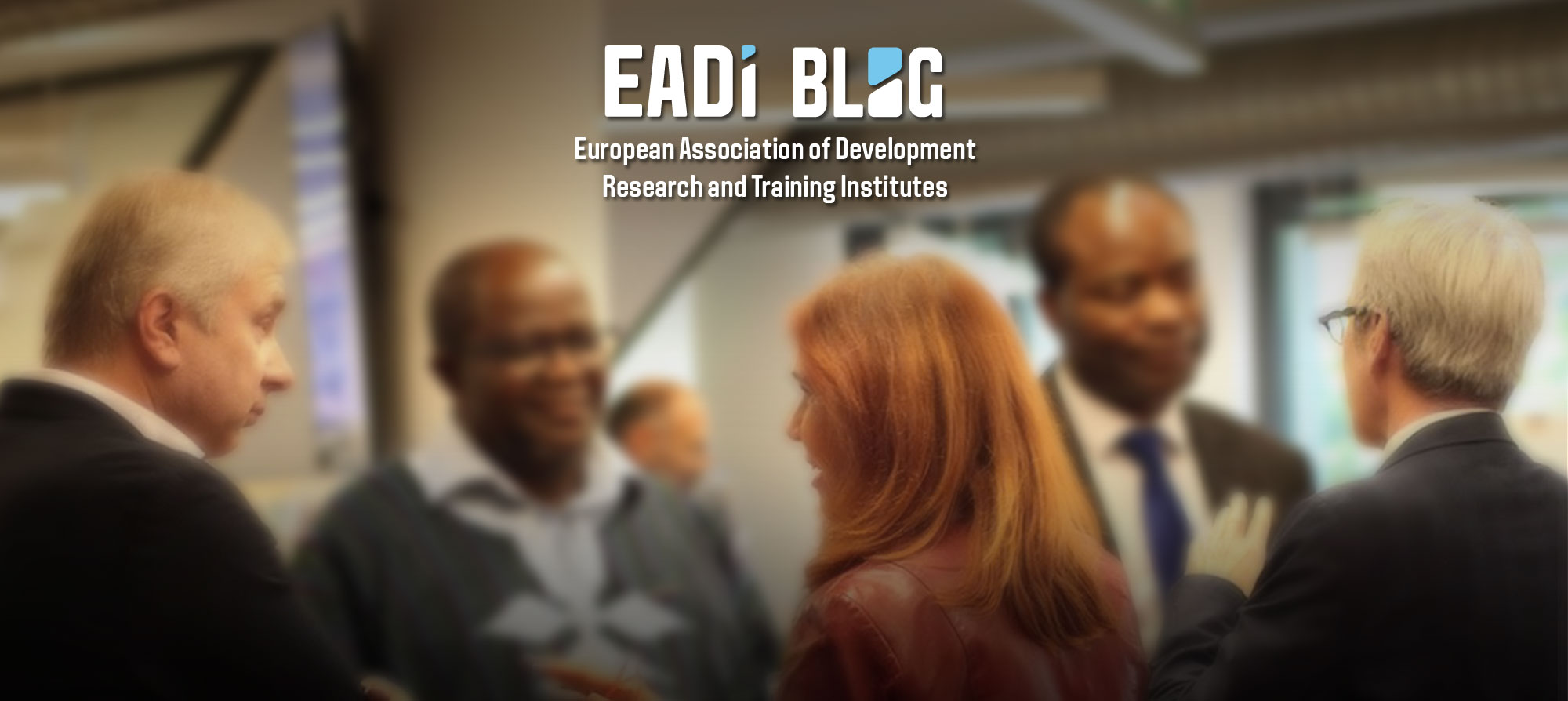By Patrick Bigger / Debt and Green Transition blog series
The last decade has seen the spectacular growth of a new genre of Development Bank and consultancy report- the Gap report. Covering issues from adaptation, to renewable energy, to biodiversity conservation, to infrastructure and more, these gap reports all try to quantify the shortfall between existing and needed finance to achieve specified outcomes or targets. The overarching message of all this ‘gap talk’ is that investment is not keeping pace with huge and growing financing needs to address the ecological crisis. Gap talk can offer useful numbers to understand the magnitude of challenges for achieving just decarbonization, building more resilient cities, or ending the 6th extinction. But the ubiquitous takeaway, steeped in capitalist-realism, is that there is not, and never will be, enough public financing from governments or International Financial Institutions (IFIs) to achieve these funding targets. Further, gap talk often obscures why this funding is needed in the first place, or the political economic mechanisms that are actually making the gaps grow, like harmful subsidies for oil and destructive agricultural practices or predatory debt relationships that prevent countries in the Global South from investing in climate-safe infrastructure or biodiversity safeguards.
This narrowing of imaginative horizons leads to a logical, if dangerous and unsatisfying conclusion: what scarce public money exists is best used to ‘leverage’ private capital into targeted places and sectors by subsidizing private investment. These subsidies to private capital include a variety of tools to make investments in projects to achieve public policy priorities more attractive, but all of them ultimately aim to make investment either less risky or more profitable for private investors. Risk offtake agreements, first loss guarantees, credit enhancements, and structured loans that mix low-interest public loans with higher interest private loans are all tools that fall under the umbrella of ‘blended finance’. This approach to development and environmental finance has become entrenched over the last 15 years alongside the huge run-up in Global South debt held by public and private creditors.
Increasing debt loads across the Global South are not incidental to the boom in blended finance programs to achieve development or environmental priorities. Debt has long been a useful disciplinary tool of Northern countries and institutions. Key moments include limiting the options and freedoms of newly post-colonial states that kept them tied to the economies of former colonial powers; then in the imposition of austerity and ‘free trade’ through Structural Adjustment in response to the 3rd World debt crisis that kicked off in the late 1970s; and now with the constraints on public finance in the face of overwhelming investment needs that justifies blended financial models that shifts ownership of public goods to Northern bankers and governments through. There are a number of ways this is accomplished, but one model favored by the World Bank is public-private partnerships in which the public component is debt financed while private returns are subsidized by both host country and IFIs.
Unlike other paradigms of development practice and policy like Structural Adjustment or Import Substitution Industrialization, blended finance did not emerge from a particular political or conceptual literature. Instead, it is a set of practices developed ‘in the wild’ that gained traction early this century, then was later formalized as a framework by a group of IFIs starting with the ‘Billions to Trillions’ campaign in 2015 that coincided with the launch of the Sustainable Development Goals. This campaign signaled a transition from encouraging Global North countries to meet official development assistance targets for achieving the Millennium Development goals to the current focus on using public resources to ‘catalyze’ private investment. The approach subsequently became even more entrenched with the launch of the World Bank’s Maximizing Finance for Development paradigm and the UN’s Blended Finance Task Force in 2018. Financial tools that work as blended finance are fairly ubiquitous now among development banks, bilateral aid agencies, and their NGO allies, but the World Bank has been a particularly enthusiastic adopter of the approach. Leveraging private finance by subsidizing investors was the primary mission of former World Bank president Jim Yong Kim. Under Kim’s direction, bank staff criticized Kim and Bank operations of becoming ‘a creature of Wall Street’, accusing him of turning away from the Bank’s mission of alleviating poverty and remaking the Bank as a private equity fund. Criticism notwithstanding, Kim stuck with the blended finance approach throughout his tenure, as did the subsequent World Bank President and climate change skeptic David Malpass. Ajay Banga, a former CEO of Mastercard recently nominated to replace Malpass, seems unlikely to break with the new blended finance orthodoxy.
Beyond conceptual or ethical concerns, the real problem of blended finance rests with its outcomes. The economic success of different blended finance projects or portfolios are generally measured in terms of the volume of public and private capital ‘mobilized’ as a multiplier of the initial public investment put into derisking/subsidizing a project. But for all its talk about mobilizing private investment, the World Bank Group managed to leverage just $0.25 of private investment for every dollar of public money deployed for climate change objectives. Coupled with the time and cost of setting up these deals, and the fact that the vast majority of environmental finance is distributed as loans, it is hard to see blended finance as an approach that can meaningfully contend with the structural dimensions of the debt and ecological crisis. This is especially true of ongoing World Bank projects to enable more and more places to access private borrowing through the bond market, and critical multilateral funds for achieving ecological objectives like the Global Environmental Facility have drastically reduced grant funding while ramping up lending and leveraging.
The political economic ramifications of depending on blended finance as a strategy for achieving public policy objectives are as clear as they are dangerous. Blended finance signals the retreat of the state (or multilateral institutions) from some of its historical responsibilities- like the provision and maintenance of public goods- while bolstering other, narrowly technical and upwardly redistributive, capacities. This is not to say that states or multilateral institutions have ever been purely benevolent guardians of public good, but the transformation into what Daneila Gabor calls ‘the derisking state’ signals a fundamental rupture in how states imagine their own capacity. This turn toward a derisking/leveraging state plays out not only in development, but in domestic policies in the Global North as well. The United State Inflation Reduction Act is fundamentally predicated on the logic of leveraging private capital through tax incentives- in effect, using public resources to subsidize private investment, largely in privately owned infrastructure.
The growth of blended finance to achieve environmental and development objects signals a few critical lessons. First, the narrative justification for blended finance turns on framing development and ecological challenges as insurmountable for public institutions; as such, IFIs must reorient themselves to create new investment frontiers that return-seeking investors can descend upon to achieve public policy aims. Second, return seeking capital, contrary to the story that capitalists tell themselves and the rest of us, is fundamentally risk averse and, if given the option, vastly prefers to siphon rents from the state if possible- a possibility that is explicitly built into blended finance. Investors are looking for sure bets, and blended finance that hinges on the socialization of risk and the privatization of profit are telltale signs that investors are not looking for just any kind of profits, but specifically are harvesting rents from public subsidies. Finally, when considered in tandem with the growing share of IFI and bilateral environmental finance that is packaged as loans, often in combination with privately held debt, there is no way to blend or mobilize private finance to end the debt crisis- because the approach itself is a part of that crisis.
Patrick Bigger is Research Director at the Climate and Community Project.

